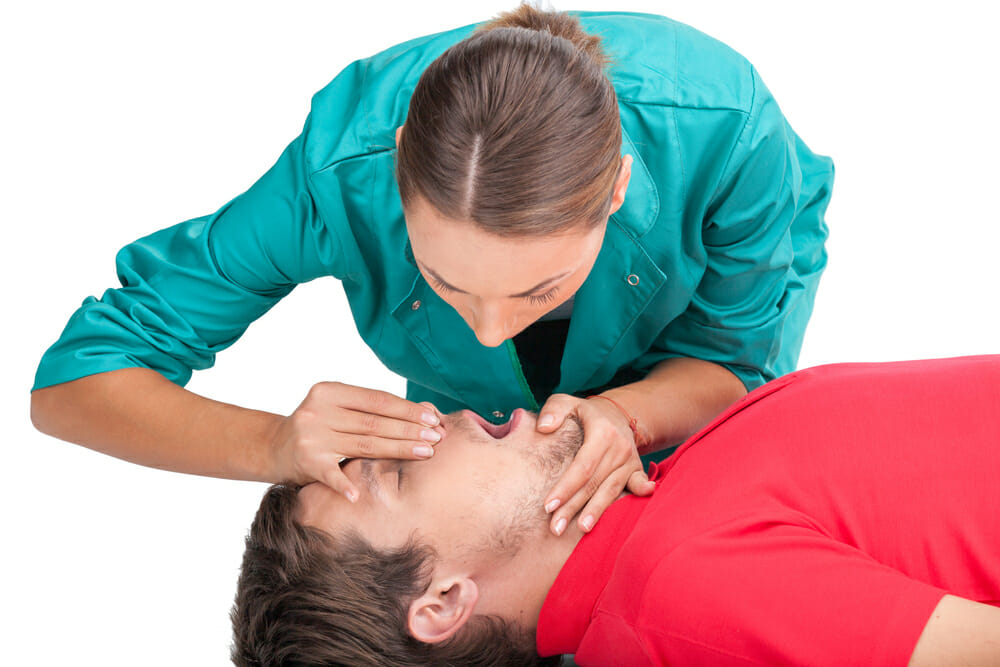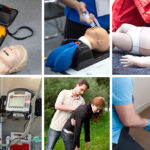The old CPR guidelines followed the ABC of CPR, which meant mouth-to-mouth rescue breaths should be given before chest compressions in case of a life-threatening emergency situation like stroke or sudden cardiac arrest. When rescuers fail to handle a medical emergency situation on time, one can lose their life or face permanent brain damage.
Additionally, studies showed that rescuers in an emergency situation hesitated to perform rescue breaths to open the airway on time when they were in such a medical emergency situation. Thus, this hesitation reduced the percentage of people actually performing the full cycle of cardiopulmonary resuscitation. That’s why patients are often unable to receive timely help for sitting right up in the recovery position. However, giving at least 30 chest compressions is what’s truly essential to get the blood circulating at vital body parts for patients suffering from cardiac arrest.
To avoid hesitation and provide the best CPR procedure for patients in a usual emergency situation of a heart attack or sudden cardiac arrest, the updated CPR steps are A-B-C to C-A-B, where chest compressions come first, followed by airway and breathing.
Here, when you start chest compressions, it must be 2 inches deep for adults and 1.5 inches in depth for children. The compression-first techniques reduce the time, originally wasted on the opening of the airway for performing rescue breaths first. The emergency situation is now more manageable for lay responders, even with limited knowledge or training.
This builds for a higher success rate than the previous guidelines. Also, the ventilation gets to the patient on time after faster initiation.
Rescue Steps In C-A-B Method of CPR
When giving mouth-to-mouth rescue breaths to sudden cardiac arrest patients in a life-threatening situation with higher chances of permanent brain damage, the following steps must be considered:
- The first step is to pinch their nose and keep the airway open. Use the tilt head/lift chin method.
- Inhale deeply and seal the patient’s mouth with yours as the first responder after proceeding to perform rescue breaths. In our nationally accredited CPR courses, it is highly recommended to use CPR barrier masks as per usual medical advice.
- The execution of rescue breaths would be effective if the chest rises and falls with every breath the patient receives because the purpose of performing this is to add air to the patient’s body manually.
Conclusion
With this change in the CPR method to tackle a sudden cardiac arrest medical emergency situation, hands-only CPR has become a common and most reliable technique without heavily depending on mouth-to-mouth rescue breaths first. The first rescuer can easily use the heel of their hand to start chest compressions. And if the second responder or rescuer is available, only then can the second person focus on giving two rescue breaths. Otherwise, hands-only CPR is enough to put the patient in the recovery position and help them recuperate fast.
To learn more about specifics on depth and rates for chest compressions, get CPR Trained at American CPR Care Association. The courses follow updated AHA guidelines for introducing accurate CPR steps and helping lay responders save lives whenever possible.







